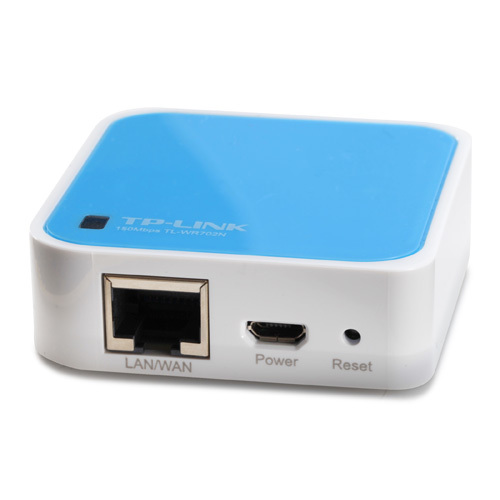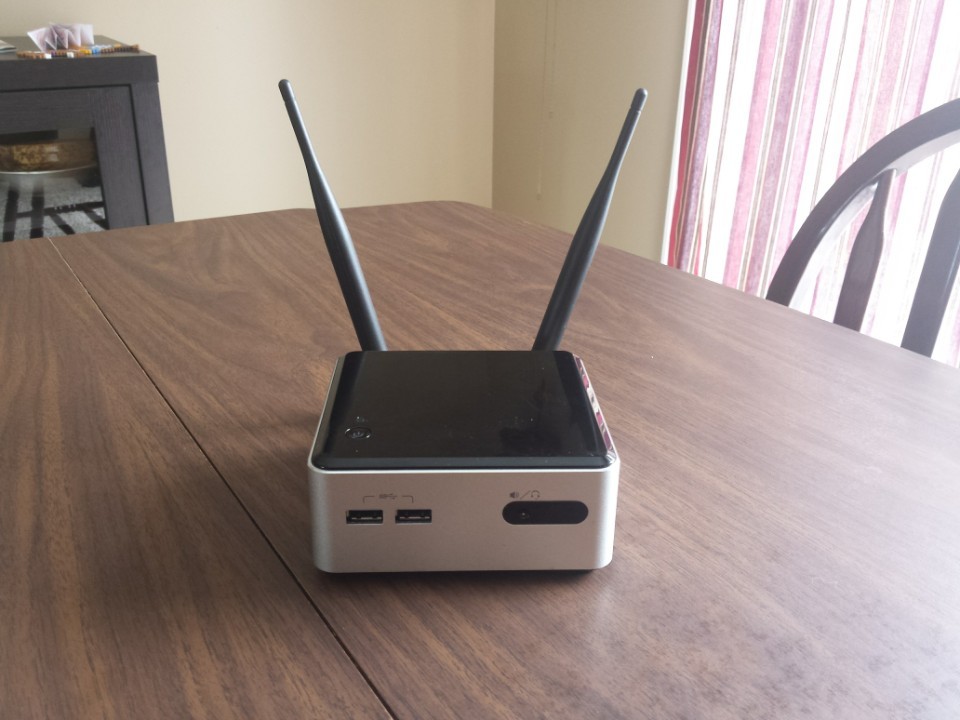yes RDC should work without any “null monitor” - i think this is because all the rendering is done on the client side and no framebuffer is necessary. teamviewer and VNC rely on there being a framebuffer to copy out of. on these computers if there’s no monitor then no framebuffer is apparently created. i heard it said that this has something to do with the HDCP copy protection protocol, but not sure.
Actually I think that Teamviewer has updated something so that a dummy
video plug isn’t necessary. I recently set up an Intel NUC and use TV to
control it at full HD resolution. When I was using a Pipo X7 miniPC I
needed an HDMI emulator plug in order to get HD resolution.
yeah i am just going off of what others had said about this topic… although it was represented that there was something special about the stick computers in this regard. i’ve been able to run other computers “headless” with teamviewer/VNC in the past…
Hi,
The main problem I had with my headless PC prior hooking the HDMI dummy dongle was power management, after a couple of hours the PC went to sleep, no matter what power options I was using. I never managed to access the BIOS configuration, there might be an option in my bios to workaround this problem.
Connectify is a good piece of software, I am glad that it worked for you.
Cheers,
Jose
Jose - when I get my iOptron back from repair I’ll soak test it over the weekend. The BIOS configuration on mine is obtained by hitting F2 on power up.
Update: everything works well. SGP/C2A and PHD2. Wifi is giving issues though when I try to access as AP. Range is very limited - and even if I am close, it drops the connection regularly. Very fickle.
So I put Connectify on my NUC too, which has been running reliably for months. Same issue here - AP mode is very unreliable.
Something doesn’t gel. If I am next to my broadband router with the laptop - the NUC/Stick <> Router connection is fine but not a NUC/Stick <> Laptop? That suggests the power in AP mode is less?
Next idea is to turn things on their head - have my Macbook to set up a computer to computer network and try things that way. - update: could not get that to connect at all from the same distance.
It seems that (probably for security reasons) the AP mode is restricted - everything works fine with a normal router - so I think the way to go, when away from home, is to get one of those USB powered access points mentioned on the CN forum and have that connected to the laptop.
I ran the system last night and it worked very well but only when it connected to my home router. It even drove an unpowered hub with guider, focuser, polemaster and mount. Not bad.
I decided to remove Connectify however. It is not the software as such, but the AP WiFi range is too limited. With so much WiFi use around where I live, finding a spare channel can be an issue - so rather than do WiFi to an AP and another on to the laptop, I’m going to use a pluggable USB-ethernet adaptor directly into one of those mini TP-Link APs (powered off a USB port) - I will then connect to this via WiFi with the laptop. I will probably disable the on-board WiFi - to keep the power low and only turn it on for Internet use.
It might seem like a proliferation - but the NUC was similarly struggling with WiFi range - hence the reason to switch to a dedicated WiFi AP.
Just got a USB-C power cable from eBay. It works a treat with the M3 Intel Compute Stick- but you need to set the power supply to 5.2V, not 5V.
USB 3.1 Type C USB-C to DC 5.5 2.5mm Power Jack Extension Charge Cable for Mac
Sorry to hear that. I remember having some issues with connectitify but they were related to power management and they went away after getting the HDMI headless dongle.
I agree the AP range of the mini PC is very short, in the field I never had issues with the range cause my control PC is always close to the mini PC.
Cheers,
Jose
I agree that the wifi range of the NUC was pretty weak…so I added two 7db external antennas to help. It looks a bit ridiculous but the wifi range has tripled.
Previously I was using a PIPO X7 miniPC and the wifi range on that was surprisingly good, much better than the NUC. Of course the NUC is much more speedy.
I like it Joel - I guess you drilled a hole through the case and found a lead to connect to the tiny connectors on the board? You just need blue arcs travelling up the antenna 
Just got one of these to play with. I will have to set up static IP’s for the PC’s running SGP but hovering between the various setup modes (AP / bridge / router / client / repeater) . I suspect it does not matter, as I am only linking PC’s and not to the Internet. It is just 2" square and about $20.

I bought these antennas on ebay and they come with antenna wires to connect to the wireless card.
I’ve seen those little devices before but didnt’ want yet another device to plug in. Also, I haven’t had any issues so far with Connectify. But I did change my wireless card mode to b/n and do not allow “a” 5ghz wireless. 2.4Ghz has better range and is more stable at the cost of slower speed which doesn’t really matter for me out in the field where I will use the NUC.
Thanks for that - my NUC is the shorter version and it may be entertaining fitting it in. I’ll persevere with the TPLink for a bit - in the case of the Stick, I have a few spare USB hub ports and I reckon I can use a USB to Ethernet adaptor and disable the onboard wifi. That should reduce the heat by quite a bit.
Interesting what you say about 5GHz vs 2.5GHz. I see the opposite… I have issues with 2.5 - mostly I guess because most of my neighbors are using 2.5 and occupying the channels. 5 GHz seems to be more reliable and faster here. Worth experimenting both ways.
My comment was more about the range of 5ghz vs. 2.4ghz. What you describe
is exactly right…the more 2.4Ghz neighbors you have the more interference
because the signal travels farther. 5Ghz is nice in your own home (which
is what I have too), and the whole point of 5ghz is for faster speed. But
out in the field my tent might be a ways away from the NUC and 2.4ghz
provides more range for the signal.
Mounting the antennas was not a trivial job. It can be challenging to find
the right place to drill the holes, and routing the cables was probably the
most difficult part. The way I had to do it, I actually have to remove the
antenna mounts and physically move the antenna cables before I can access
the main PCB in the NUC body.
A short update - I now connect the TPLink via a plugable USB/LAN adaptor to the stick. It consistently delivers better throughput, even though it is only 100Mb/S. The TPLink is set to access point mode and reserves IP addresses for all my devices, allowing remote desktop to connect instantly. The range of the TPLink is excellent.
I wanted to have dual connection when at home - with the stick wifi connecting to my broadband router (Internet) and when away from home, giving up. In either case I would connect via the TPLink >> LAN >> stick.
I had some games trying to get that to work when at home - the wifi said it had an internet connection but it refused to work and was trying to use the LAN connection to the access point. After some digging I found there is an internet access priority. It is an advanced setting on the IPV4 properties of the LAN/Wifi adaptor. It is normally automatically assessed and assumes LAN is faster than WiFI but you can set it manually (2-99). A higher value is given less priority.
So - I have it all set out, SGP/TSX/PHD2 with an Avalon Linear mount, waiting for a clear night.

